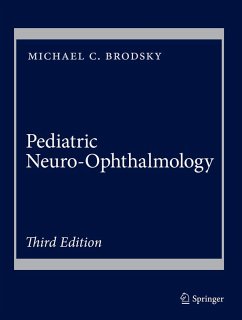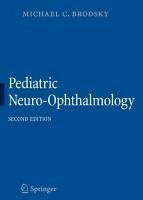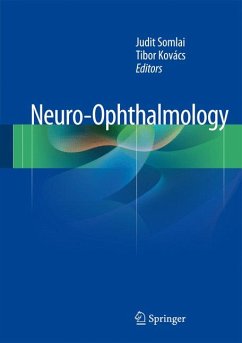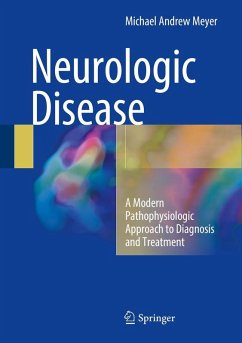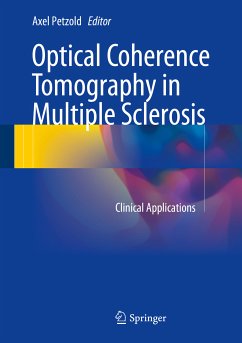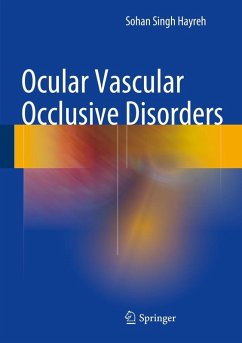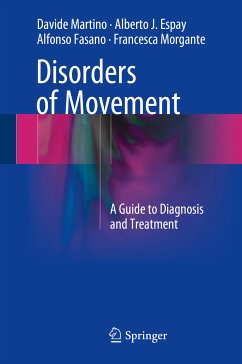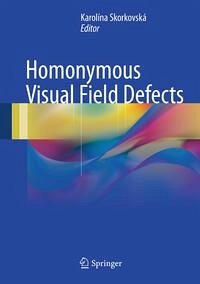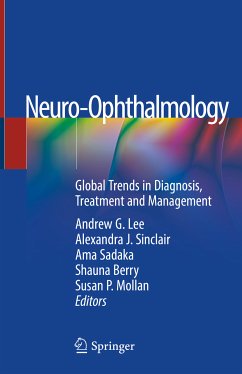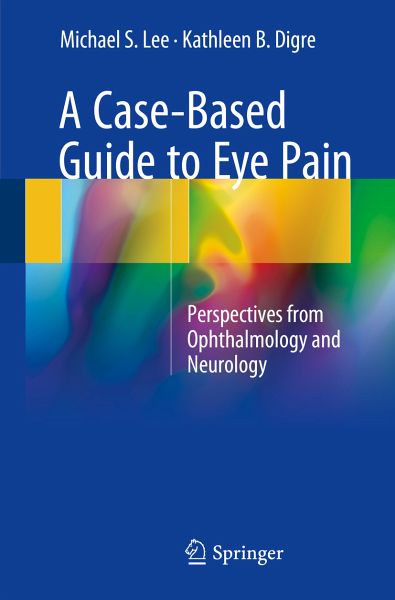
A Case-Based Guide to Eye Pain (eBook, PDF)
Perspectives from Ophthalmology and Neurology
Versandkostenfrei!
Sofort per Download lieferbar
80,95 €
inkl. MwSt.
Weitere Ausgaben:

PAYBACK Punkte
40 °P sammeln!
Provides ophthalmologists and neuro-ophthalmologists with a systematic evaluation plan for patients with unexplained ocular pain Written and edited by leaders in the field Each case covers the following key elements: the chief complaint, history of the present illness, the examination, assessment and plan, follow-up, alternate perspective, summary points, and key references Tables are also available to help the reader rapidly sort through cases that may apply to a sign, symptom, historical feature, diagnostic test or treatment option Includes an appendices with the general approach to eye pai...
Provides ophthalmologists and neuro-ophthalmologists with a systematic evaluation plan for patients with unexplained ocular pain
Written and edited by leaders in the field
Each case covers the following key elements: the chief complaint, history of the present illness, the examination, assessment and plan, follow-up, alternate perspective, summary points, and key references
Tables are also available to help the reader rapidly sort through cases that may apply to a sign, symptom, historical feature, diagnostic test or treatment option
Includes an appendices with the general approach to eye pain and anatomy of the eye and the trigeminal pathway
Dieser Download kann aus rechtlichen Gründen nur mit Rechnungsadresse in A, B, BG, CY, CZ, D, DK, EW, E, FIN, F, GR, HR, H, IRL, I, LT, L, LR, M, NL, PL, P, R, S, SLO, SK ausgeliefert werden.



